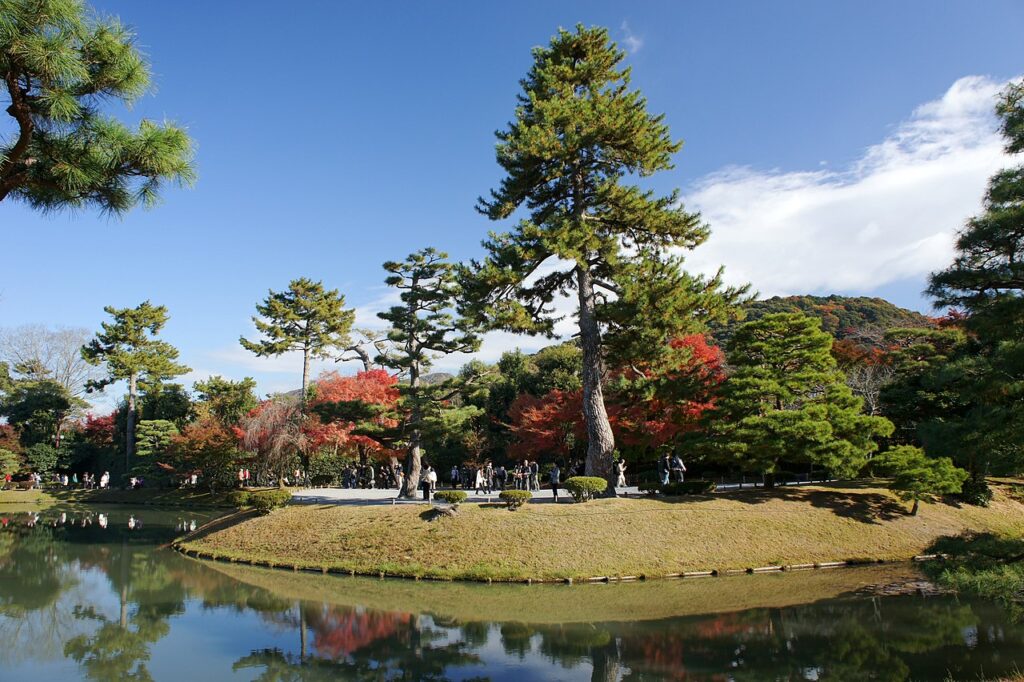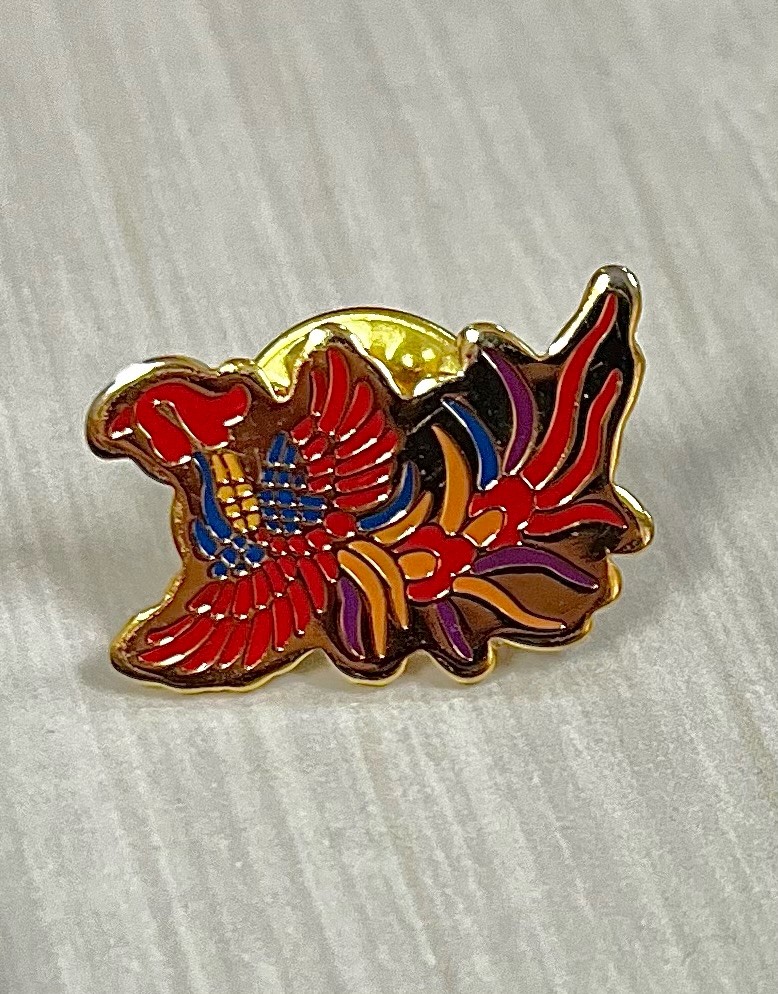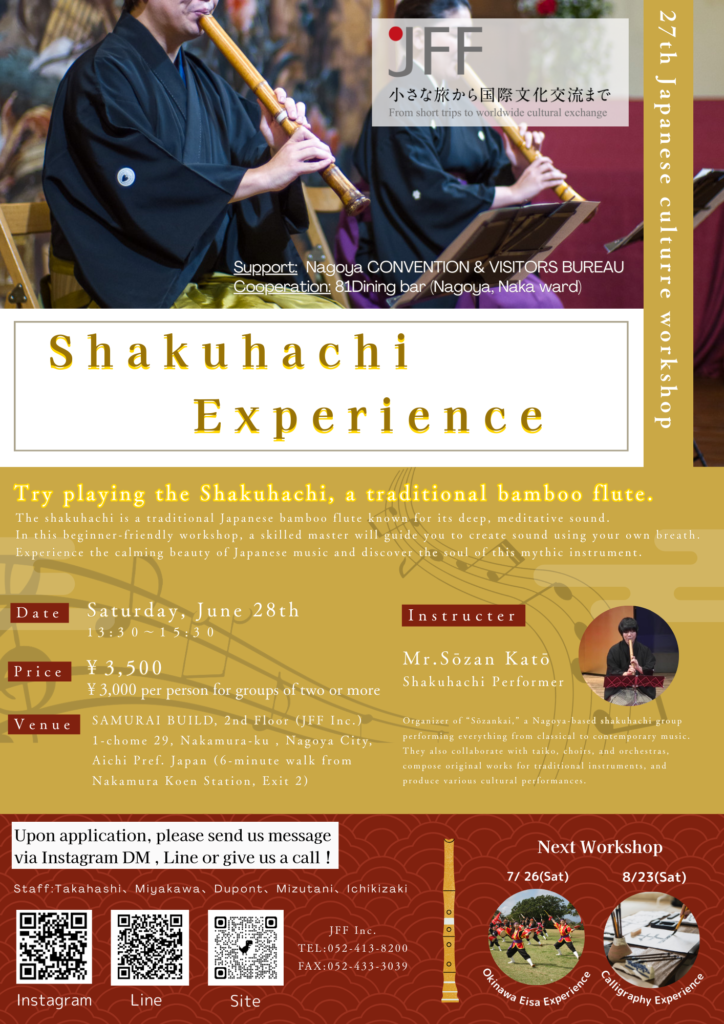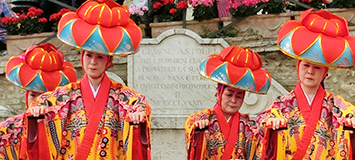SAMURAI BUILD 2F,
1-29 Katori-cho, Nakamura-ku,
Nagoya, Aichi Prefecture, Japan
BYODO-IN TEMPLE: Uji’s Pure Land
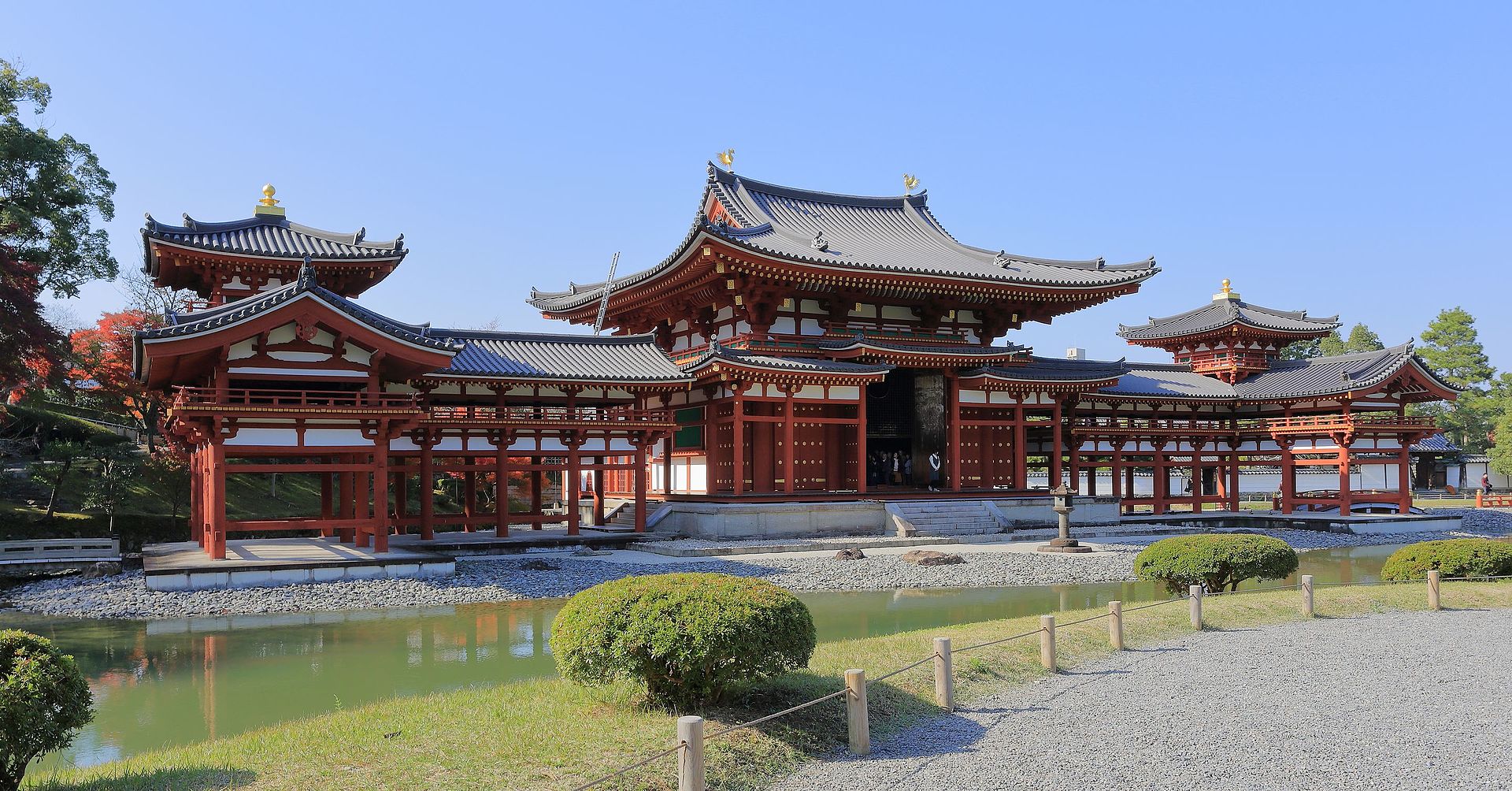
“When you wonder if the Buddhist Pure Land exists or not, come to Byōdō-in Temple”
(https://www.byodoin.or.jp/en/)
Byōdō-in Temple (Literally “Temple of Equality”) is a splendid Buddhist Temple and the most outstanding example of Buddhist Pure Land (Jodo) architecture.
Located in Uji City, in Southern Kyoto, Byōdō-in Temple is considered the height of expression of the aristocratic art of the Heian period (794-1185).
It was designated as a UNESCO World Heritage in 1994.
Historical background
The rise of the Kamakura Shogunate
The Genpei War (1180-1185) marked the rise of the power of the Clan Minamoto preluding the beginning of a new Era: The Kamakura Period, otherwise Japan`s feudal Era, founded by the first Shogun Minamoto no Yoritomo who ruled Japan from 1192 to 1199. In contrast to the peaceful Nara and Heian periods, the Kamakura one was plagued by civil wars, invasions, epidemic and natural disasters.
The origins of Pure Land Buddhism worship centered on Amida Buddha
Such calamities created a perfect breeding ground for literature and a great religious fervor. And it is in this period that Buddhism itself spread among the lower strata of society since people longed for personal salvation from Mappō (a period when the Buddhist law would fall into decline, bringing chaos to the world. Thus, the esoteric Buddhism peculiar to the aristocracy of the Heian Period was replaced by religious conceptions accessible also to ordinary people, such as the Pure Land Buddhism based on the enlightened realm of Amida Buddha or “Buddha of Infinite Light”. According to Pure Land Buddhism, if repeating the name “Amida Buddha”, after death people can be reborn in the Western Pure Land, achieve enlightenment and become Buddhas.
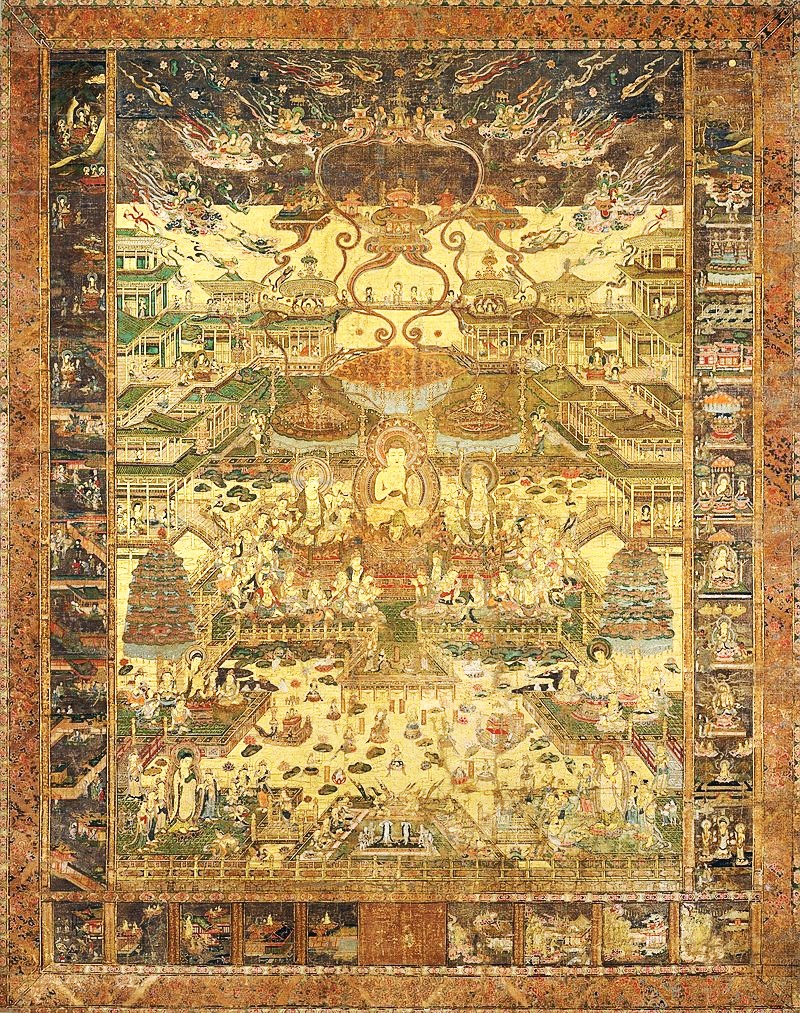
The most important exponents of the Japanese Pure Land Buddhism are the priest Hōnen, the founder, and his disciple Shinran who founded later the New Pure Land Buddhism.
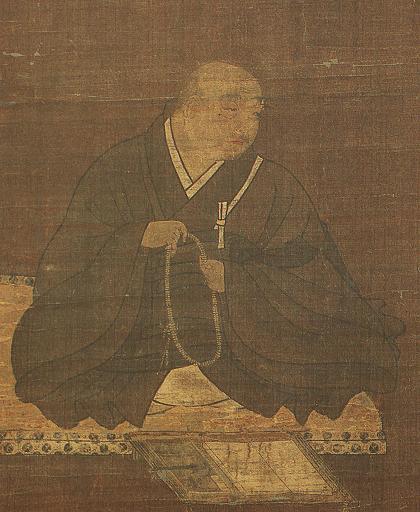
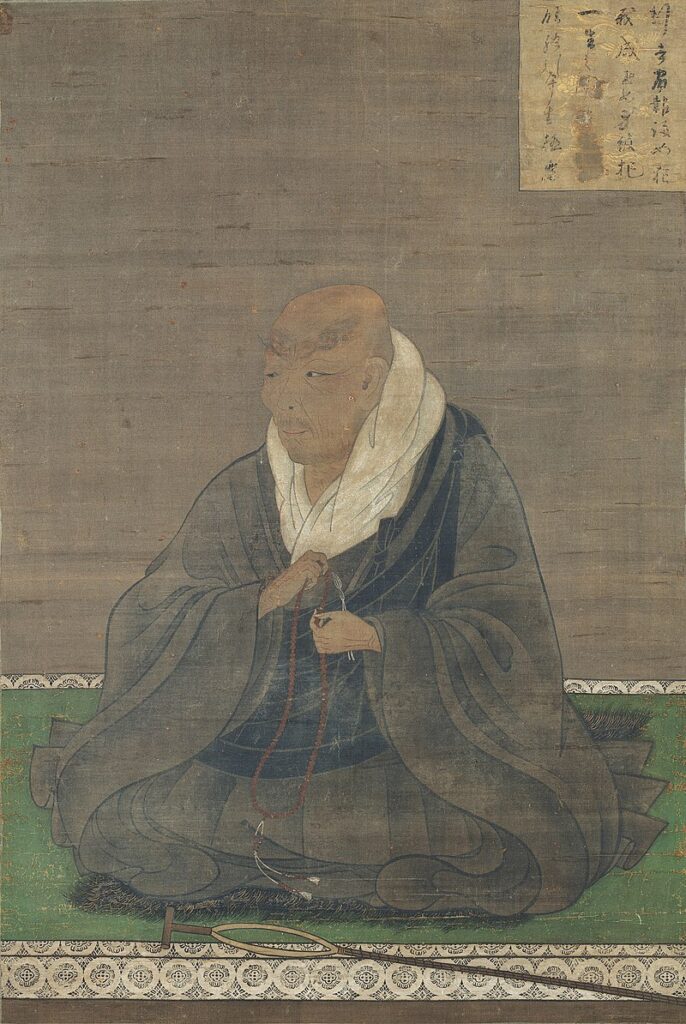
Graceful Byōdō-in: the Land of happiness
Byōdō-in Temple features a graceful architectural style typical of the Heian Period and it is a striking example of the Buddhist Pure Land architecture. Here you can admire the beautiful contrast of its red structure and the green of nature but also its reflection on the mirror-like surface of the pond filled with many of colorful koi (Japanese carps).
The structure consists of a rectangular shaped-Central Hall, left and right wings corridors and a tail corridor (representing the body and wings of the Phoenix).
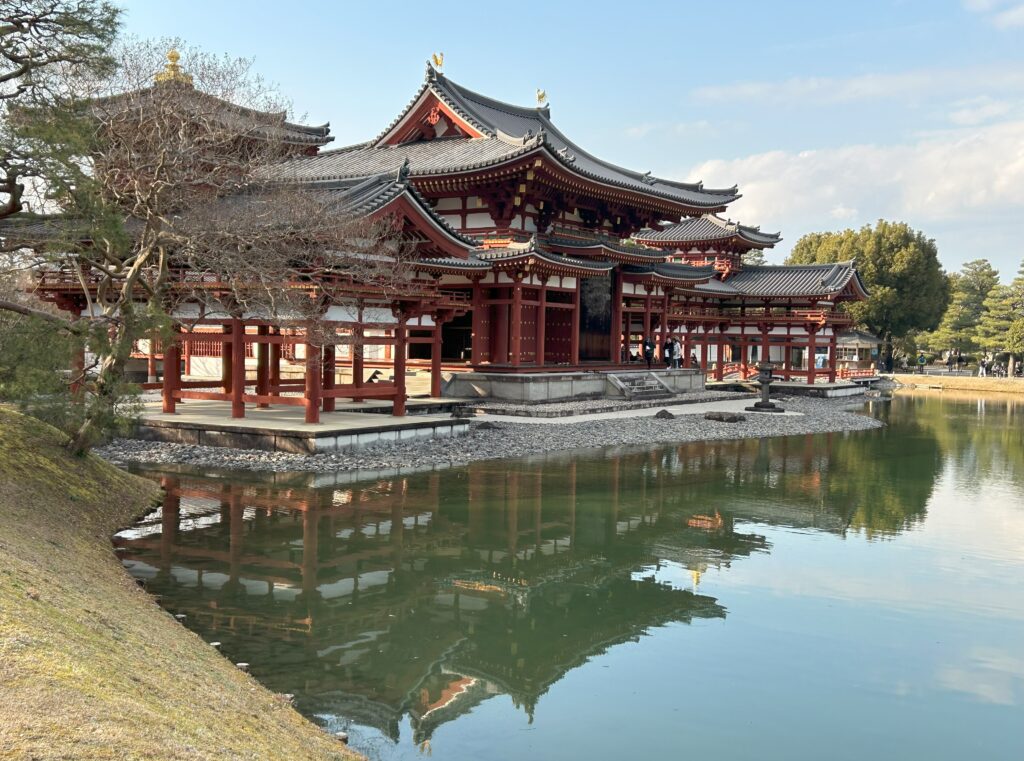
Byōdō-in Temple was built as the residence of the minister Minamoto no Shigenobu in 992 and then it was purchased by the most powerful member of the Fujiwara Clan, the politician Fujiwara no Michinaga.
His son, Fujiwara no Yorimichi, converted the villa into a Buddhist Temple in 1052 and he built the Phoenix Hall, so called because of two reasons: the first one is because there are two Chinese phoenixes on top of the roof and the second one is because, if it seen from the front, it looks like a phoenix spreading its wings. The Phoenix Hall enshrines collection of art from the Pure Land Buddhism and a 3 meters-large Buddha Amida statue made of Japanese cypress and covered with gold leaf carved in 1053 by the famous Jōchō, a famous sculptor from the Heian Period.
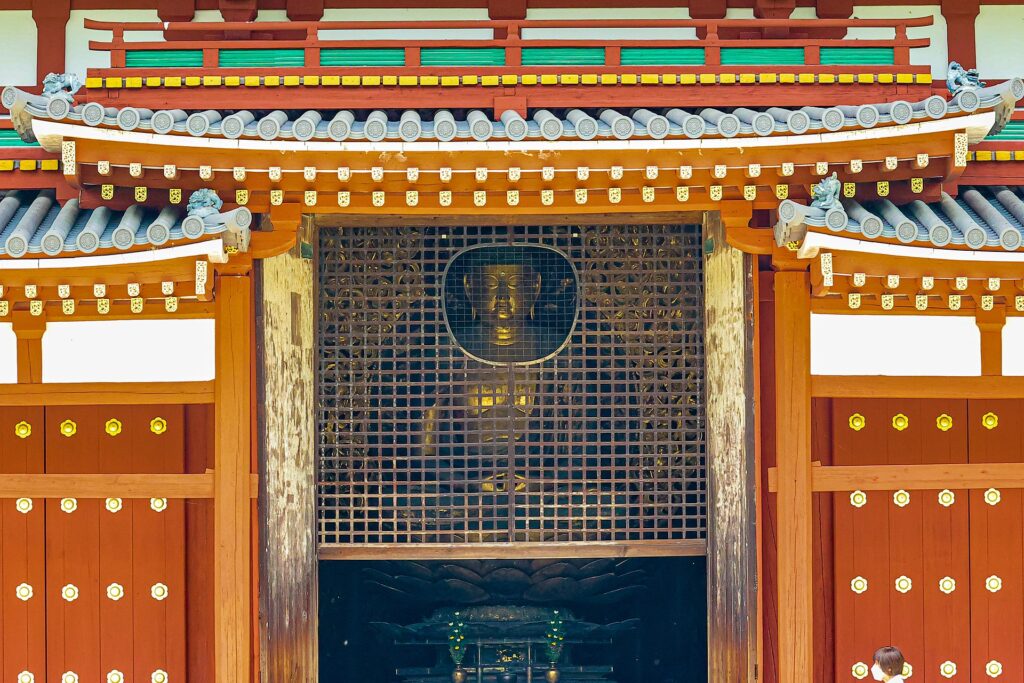
The garden as well is dedicated to the worship of Buddha Amida since it recreates the Buddhist Pure Land. It offers a beautiful scenery in each season and also the possibility of admiring different kind of flowers such as sakura, wisteria, azalea and Japanese Quince, lotus, water lilies and more. A real paradise for those who love taking photographs to flowers while enjoying a peaceful stroll surrounded by nature.
The innovative Hoshokan Museum
The Hoshokan Museum is an innovative museum run by a religious organization and it was opened on March 2001. It houses the Temple Bell, 26 statues of praying Bodhisattva on clouds and two statues of Phoenixes from the rooftop of Phoenix Hall.
Hoshokan Museum is the place where history and high technology meet, giving you the feeling that time has stopped: you can admire these National Treasures dating back to 1000 years which beauty and details are exalted by Panasonic’s High CRI LED lighting.
It takes only 20-30 minutes to visit the museum, moreover there is also a gift shop where you can buy phoenix souvenirs, Buddha Amida postcards and photobooks, keyholders, bookmarks, brooches and more!
Did you know ?
The Byōdō-in Temple is so famous that it appears on the back of the ten yen coin since 1951 and the phoenix is depicted on 10,000 yen notes since 2004.
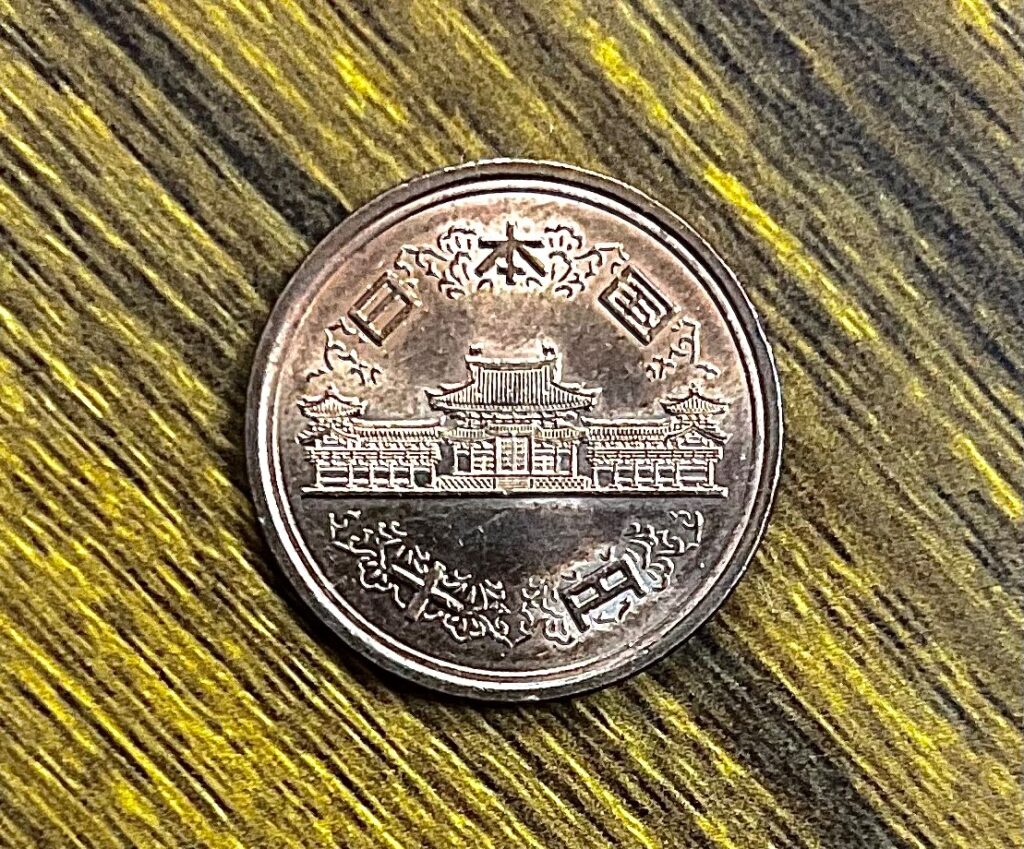
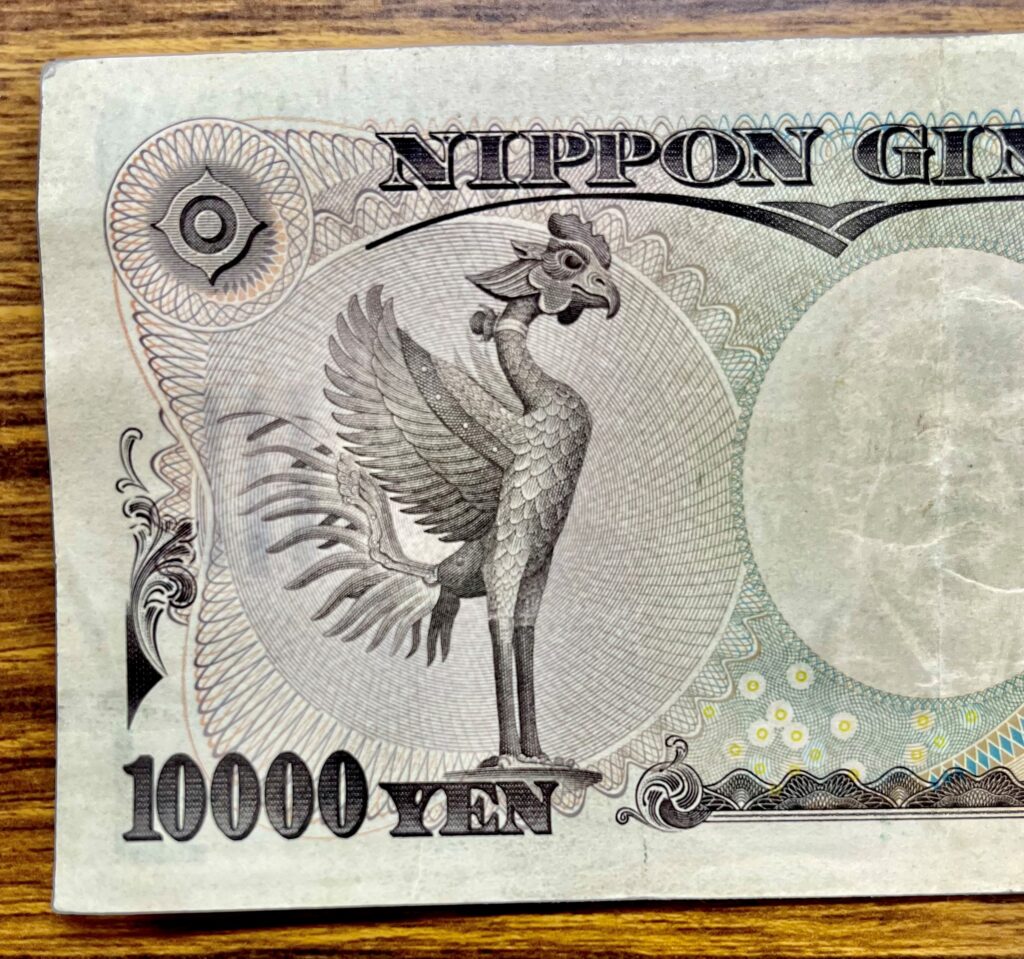
- category: Kyoto



